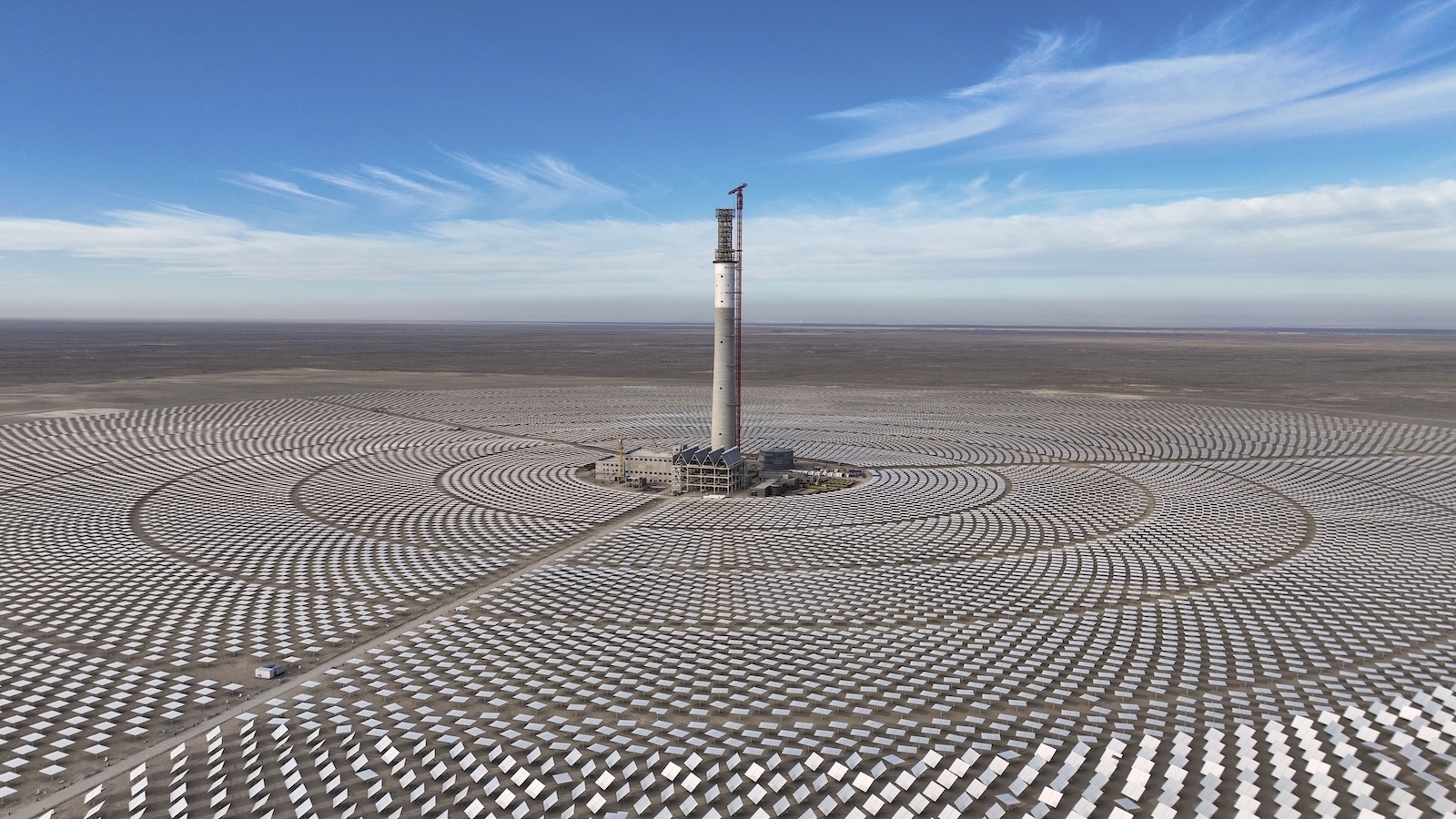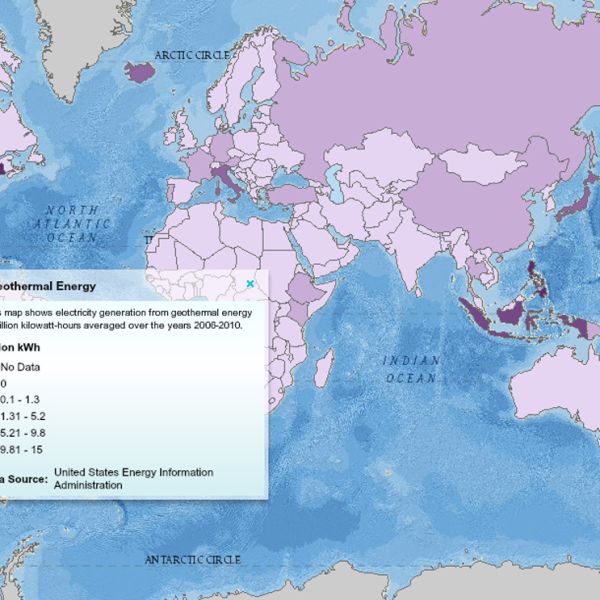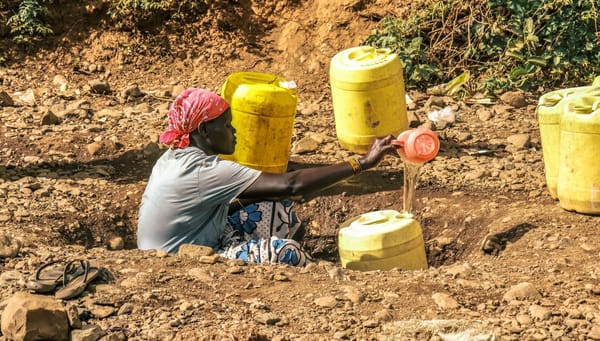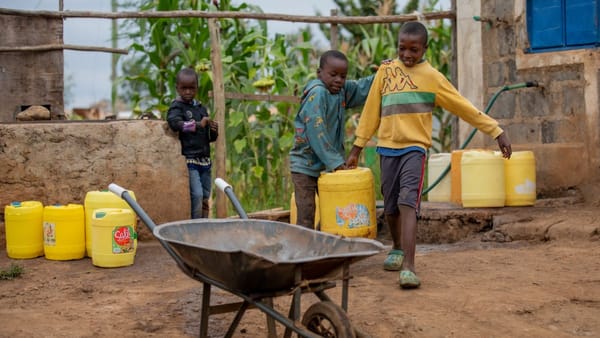Global Success Stories in Renewable Energy: Key Lessons for Advancing Africa's Green Transformation
Discover global success stories in renewable energy that illuminate the path to a sustainable and equitable future, inspiring regions like Africa to harness their potential for a climate-just world."

In a world increasingly aware of the need for sustainable solutions, renewable energy shines as a beacon of hope. Across continents, communities and countries are embracing innovative projects that harness the power of wind, sun, water, and earth.
These projects showcase more than just technological breakthroughs—they reveal a roadmap to a cleaner, fairer, and more resilient world.
This article explores inspiring case studies from around the globe, proving that the transition to green energy is not only possible but already underway.
For Africa and other regions still unlocking their vast potential, these success stories offer a powerful reminder: a sustainable future is within reach, driven by collective vision, innovation, and commitment.
Join us as we journey through remarkable achievements that light the way forward for a climate-just world.
1. Harnessing the Sun: China’s Solar Power Revolution
Goal: Become a global leader in solar energy.
Success: China has invested heavily in solar power, leading to a rapid increase in solar energy capacity.
China, the world’s largest solar producer, has transformed its energy landscape with unprecedented investment and scale.
Despite its reliance on fossil fuels, China’s commitment to renewables is evident in solar farms across the Gobi Desert and rooftop installations in urban areas. In 2020, China pledged to achieve 1,200 gigawatts of renewable capacity by 2030. At its current pace, it’s likely to reach this goal by 2025, potentially hitting 1,000 gigawatts of solar power alone by 2026.
China’s solar expansion demonstrates the power of policy-driven change and financial incentives, which have spurred massive investment and lowered costs.
This ambitious model of government and private sector collaboration is setting a precedent for other nations, including those in Africa, to chart their own paths toward renewable futures.
2. Germany’s Energiewende: Lessons for Global Energy Transitions
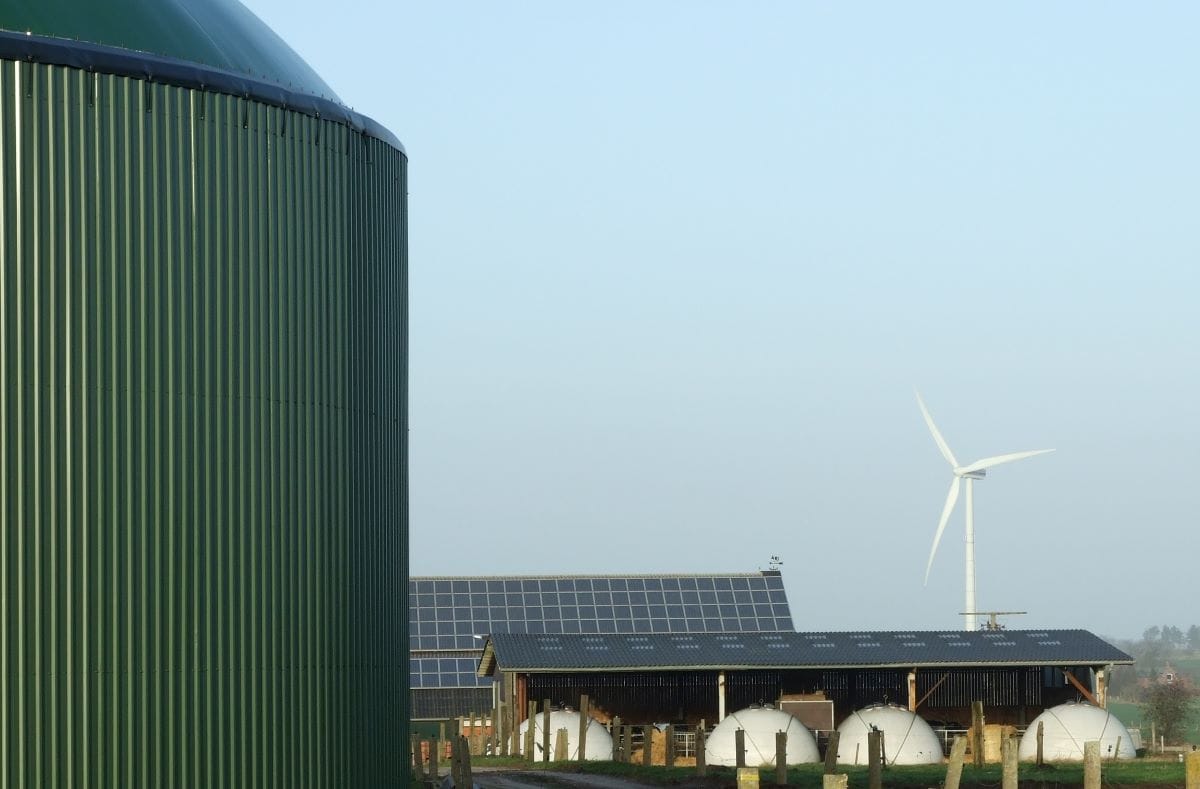
Goal: Transition from fossil fuels to renewable energy sources.
Success: Germany has significantly increased its renewable energy capacity, particularly in solar and wind power.
Germany’s Energiewende, or "energy transition," launched in the early 2000s, has become a pioneering example of shifting from fossil fuels to renewable energy sources.
By prioritizing wind and solar power and implementing feed-in tariffs under the Renewable Energy Sources Act, Germany reached a point where renewables provided over 50% of its electricity by 2020. This success has reduced emissions and fostered energy independence while creating hundreds of thousands of jobs.
Despite challenges in integrating wind and solar into the grid, Germany’s model offers valuable insights for African countries with renewable potential.
Its decentralized approach highlights the role of government incentives, public engagement, and investment in energy infrastructure, setting a powerful example of how sustainable energy systems can fuel economic growth and energy independence.
3. Iceland's Geothermal Power Pioneers: A Model of Sustainability
Goal: Utilize geothermal energy to meet the country's energy needs.
Success: Iceland has harnessed its geothermal resources to generate a significant portion of its electricity.
Iceland harnesses its unique geology to meet nearly all its electricity needs from renewable sources, primarily geothermal and hydropower.
Geothermal power alone supplies around 30% of Iceland’s electricity, utilizing the country’s volcanic activity for sustainable and reliable energy.
This approach has not only achieved environmental milestones but also fostered economic development, supporting industries from aluminum smelting to tourism.
Iceland’s experience highlights geothermal energy’s potential for countries in Africa, where untapped geothermal resources could provide sustainable, locally-sourced power. Icelandic experts have even collaborated with African nations to share technology and expertise, promoting renewable development through knowledge exchange.
4. Morocco’s Noor Solar Complex: Leading Africa’s Renewable Energy Revolution
Goal: Develop one of the largest concentrated solar power plants in the world.
Success: The Noor Solar Complex is a major milestone in Morocco's efforts to transition to renewable energy. It provides clean energy to millions of people and has created jobs in the region.
Morocco’s Noor Solar Complex in Ouarzazate is a landmark in renewable energy, standing as one of the largest concentrated solar power (CSP) plants globally. This innovative facility uses mirrors to focus sunlight, allowing it to generate electricity after sunset—an advantage over traditional photovoltaic systems.
The Noor Complex’s output serves over 1.1 million people, contributing significantly to Morocco's energy mix and reducing reliance on fossil fuels.
Morocco’s success demonstrates the impact of strong government support and public-private partnerships.
As a leader in renewable energy on the continent, Morocco offers a replicable model for other African nations seeking to leverage solar resources for energy independence, economic resilience, and reduced carbon emissions.
5. Denmark’s Wind Power Revolution: A Small Nation, Big Impact
Goal: Become a global leader in wind power technology.
Success: Denmark has a long history of wind power development and is now a world leader in the technology.
Denmark is a global leader in wind energy, achieving over 50% of its electricity from wind by 2022, showcasing how a small nation can harness its natural resources and policy innovation to achieve significant strides in renewable energy.
Denmark’s journey began in the 1970s with government-backed incentives, strategic investments, and a focus on community ownership. The development of offshore wind farms, including landmark projects like Horns Rev and Anholt has helped Denmark become one of the greenest countries in the world. These installations contribute significantly to Denmark's energy security and its goal of becoming completely carbon neutral by 2050.
This example highlights the importance of political commitment, technological innovation, and community involvement. Denmark’s wind power success offers valuable lessons for African nations, many of which have untapped wind resources that could power sustainable and resilient energy systems.
Additional Notable Projects
- Sihwa Lake Tidal Power Station, South Korea: South Korea’s Sihwa Lake Tidal Power Station harnesses the power of tidal flows from the Yellow Sea to produce clean energy. As the world’s largest tidal power installation, it showcases the viability of tidal power for regions with significant tidal ranges and provides a model for future coastal energy projects.
- Roscoe Wind Farm, Texas, USA: One of the largest wind farms in the United States, Roscoe Wind Farm generates enough electricity to power hundreds of thousands of homes. Located in Texas, it exemplifies the role of large-scale wind farms in delivering reliable, renewable power and serves as a model of U.S. leadership in renewable energy infrastructure.
- Alaska’s Microgrid Resilience Projects, USA: In remote regions like Alaska, microgrids powered by renewable energy sources improve energy security and reduce reliance on diesel. These projects demonstrate the potential of microgrids to supply power in isolated areas, offering a model for similar applications in Africa’s rural communities.
- Rampura Solar Power Plant, India: This community-owned solar project in India powers an entire village, showcasing the benefits of decentralized solar power. It underscores the potential for community-led renewable projects in improving energy access, especially in areas with limited infrastructure.
- Gansu Wind Farm, China: Located in the Gobi Desert, the Gansu Wind Farm is the largest wind installation globally, reinforcing China’s commitment to renewable energy. This mega-project underscores the potential for large-scale wind projects in arid regions and serves as an example of China’s forward-looking renewable strategy.
By examining these global projects, Africa can gain valuable insights for its green transformation. Each success story shows that, with strong policies, community involvement, and innovation, countries can shift toward renewables and foster sustainable economic growth. Whether through solar, wind, geothermal, or tidal power, the path forward is clear: renewable energy is a powerful tool for building a resilient, sustainable, and climate-just future.
Sources:
